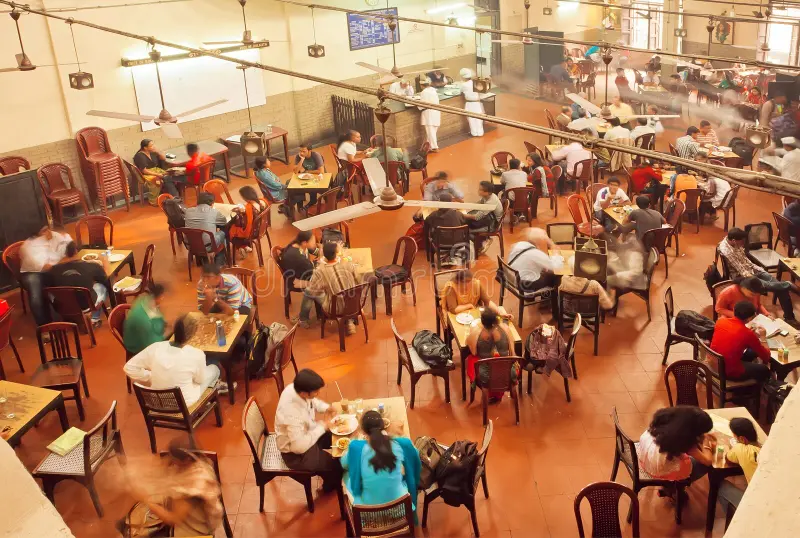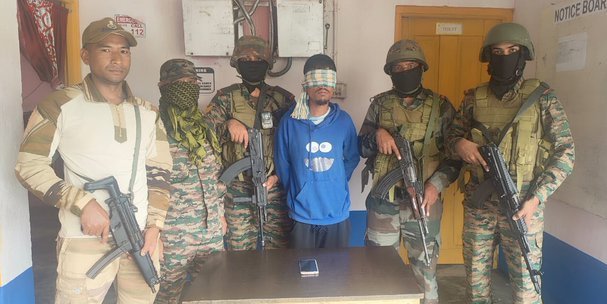Kolkata, Aug 10: It is a typical old North Kolkata building from the outside with arched doorways, wooden louvre windows and a grey porch in the front, but once inside, one is greeted by the smell of history, besides that of the delicacies the cafe it houses offers.
The eatery boasts of furniture like table, chair and other items used by torchbearers of the 19th-century Young Bengal Movement, who promoted rationalism, liberalism and radical thoughts that challenged traditional Indian society.
Henry Louis Vivian Derozio, the son of an Indian father and an English mother, was the pioneer of the movement that he began when he was a teacher of the Hindu College, which became Presidency College in 1855.
Derozio and others associated with the movement would gather for discussions in this 350-year-old building, a portion of which was transformed into ‘Baithakkhana Cafe’ by the present owner.

The building is near College Street, where Presidency College (now a university) and several schools, colleges and bookshops are located. The area dotted by heritage buildings is steeped in history.
The house was then owned by 19th-century thinker Reverend Krishna Mohan Banerjee, a prominent member of Derozio’s Young Bengal group and the first President of Bengal Christian Association. He died at the age of 72 in 1885.
The present owner, Banibrata Nath Khan, told PTI that his father Balaichand Khan had bought the house from Nibaran Mukhopadhyay, the son of Banerjee’s sister.
Frontrunners of the movement – like Derozio, Ramtanu Lahiri, Rasik Krishna Mallick – would brainstorm at the place for hours in the evenings, having tea and snacks, Khan said.
“We have retained the table, chair and interiors of the place. You will be surprised to know the furniture did not suffer wear and tear over time,” he said.
The Young Bengal Movement mostly took place during the 1820s-30s spearheaded by Derozio and his students at Hindu College.
“Even poet Michael Madhusudan Dutt had been a regular visitor to this place. However, I can’t say if he wrote any of his eponymous poems on this bench and table,” Khan said.
Dutt, also a dramatist, is considered the first great poet of Bengali literature.
“The large cot and the indigenous version of hookah, used by Dutt and others, have also been preserved in one corner of the cafe,” he said.
Though the house was not registered as a heritage property, “we are maintaining the facade and preserving the articles”, Khan said.
The young and old, including students from nearby Vidyasagar College and Scottish Church College, come in droves and savour tea, cappuccino, ‘fish and chips’, ‘egg devil’ and other delicacies, he said.
“I got goosebumps when I was told that I was sitting on the table used by Derozio and other Young Bengal members. This place resonates with history,” said Sayan Basak, a student of Vidyasagar College, sipping cappuccino with three friends.
Tanusree Chakraborty, a law college student, said the place has a charm not found in other modern-day cafes.
A number of buildings that are associated with the renaissance of Bengal provide company to this cafe.
The house where ‘Ramakrishna Kathamrita’ (The Gospel of Ramakrishna) was written by Mahendranath Gupta, the ancestral home of Kadambini Bose Ganguly, the first practising Indian lady doctor of western medicine, the residences of polymath Iswarchandra Vidyasagar and Swami Vivekananda – are all nearby.(PTI)




